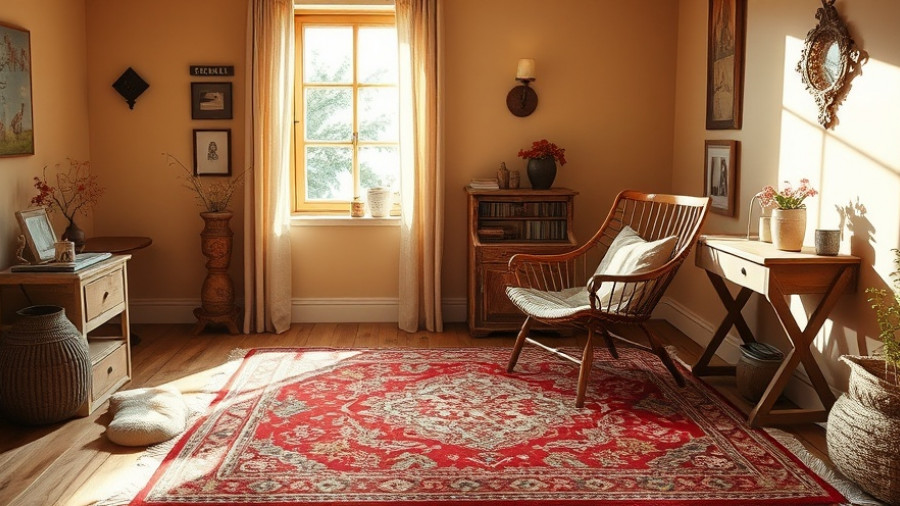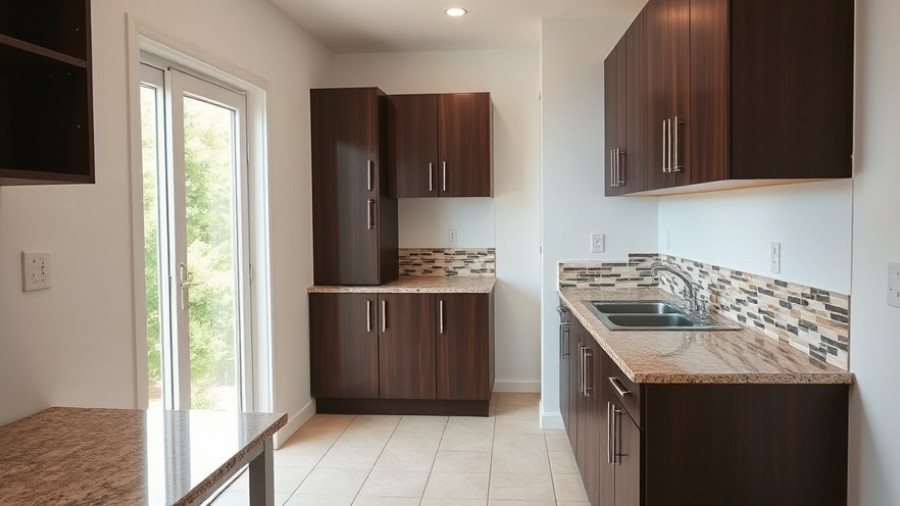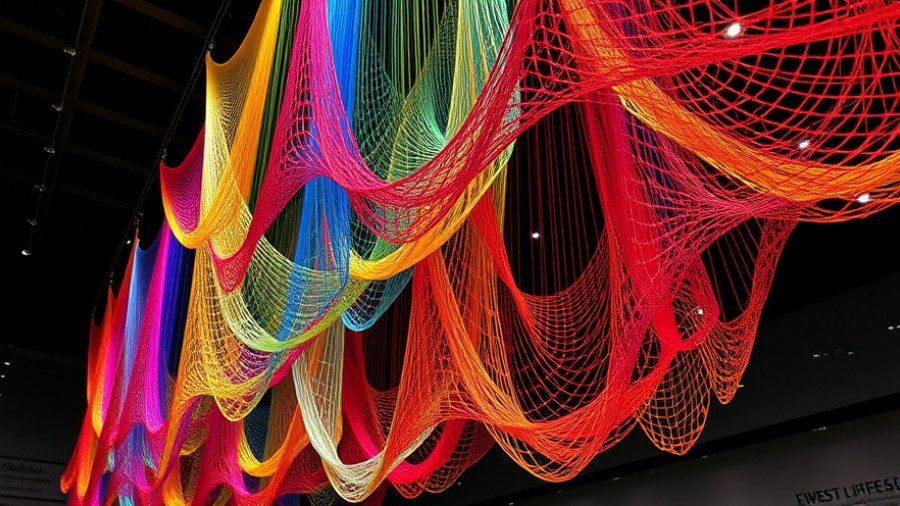
Embracing Orange: A Colorful Journey
Often relegated to the sidelines of home design, orange is a vibrant hue that designers are beginning to embrace with increasing fervor. From cozy earthen tones to striking fiery shades, architects are finding innovative ways to incorporate orange into their projects, adding warmth and character without overwhelming the senses. As we delve into this colorful trend, we uncover the unique perspectives of various architects and their favorite orange shades.
Top Architects’ Go-To Shades of Orange
In a recent exploration of popular orange paint picks, several architects and interior designers shared their favorites. Jessica Williamson of Bradley Van Der Straeten champions the archived color Rufus (455) from the Paint & Paper Library. “It’s so rich it seems like it is always glowing, even in grey weather,” she beams. This deep, rusty hue brings an earthy glow to any room, enriching the overall ambiance.
Meanwhile, Raisa Sandstrom had her kitchen painted in Farrow & Ball’s Dutch Orange, an osmosis oil-stained finish that perfectly complements her home from the 1800s in Massachusetts. This choice illustrates how historical homes can adopt modern color palettes without sacrificing their character.
Why Architects Prefer Orange
“Orange is versatile and plays well with others in the color wheel,” note Todd Nickey and Amy Kehoe from Nickey Kehoe in Los Angeles. They find that shades like Charlotte’s Locks convey a rootedness that feels both earthy and tasteful. This versatility allows for the integration of orange in both bold applications and subtle touches, enabling designers to communicate various moods and themes throughout their spaces.
In another example, designer Lonika Chande capitalizes on vibrant shades like Charlotte’s Locks to infuse personality into a client’s kitchen dining area, contrasting it against neutral tones. “Orange was our client’s favorite color, and this project has encouraged me to use more orange in our work,” she explains. This illustrates how the color can heighten emotional responses, evoking feelings of joy and strength when used effectively.
Practical Tips for Using Orange in Home Design
As homeowners ponder how to employ this vibrant color, there are practical techniques to consider. Here are some tips on incorporating orange into your space:
- Accent Walls: A single wall painted in a bold shade like Faded Terracotta can serve as a focal point and enliven an otherwise calm space.
- Accessorize: Use smaller decor items with orange accents to introduce the color without overwhelming the entire room.
- Mix and Match: Pair orange with complementary colors, such as blues and greens, to create balance while maintaining an energetic vibe.
Future Trends in Home Design with Color
Looking ahead, color trends suggest an increasing acceptance and experimentation with fearless colors like orange. This shift can be attributed to a growing desire for personalization in home design and a move away from neutral palettes that have dominated in recent years. Expect to see more spaces that delight and challenge traditional aesthetics with bright, cheerful hues.
Conclusion: Why You Should Consider Orange
Incorporating orange into your home design can be a transformative experience. This color invites warmth, positivity, and creativity into any space, proving to be more than just a trend but a powerful tool for emotional expression. If you’re considering an update or renovation, keep the insights from these industry leaders in mind. Why settle for dull when a splash of vibrant orange can invigorate your surroundings? Explore your options and embrace the warmth of orange.
 Add Row
Add Row  Add
Add 




Write A Comment